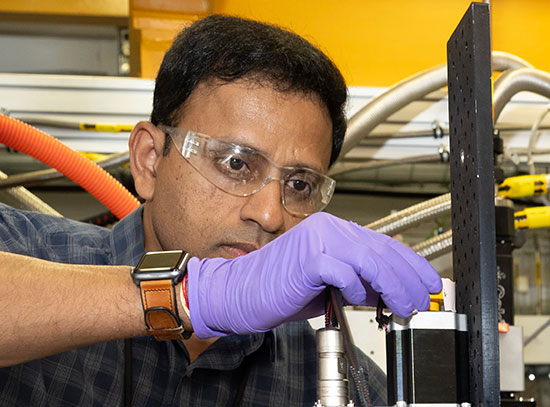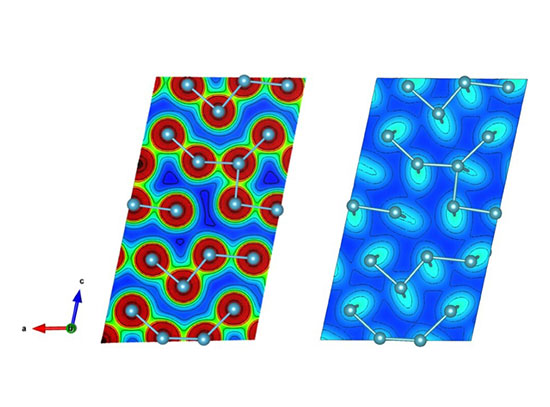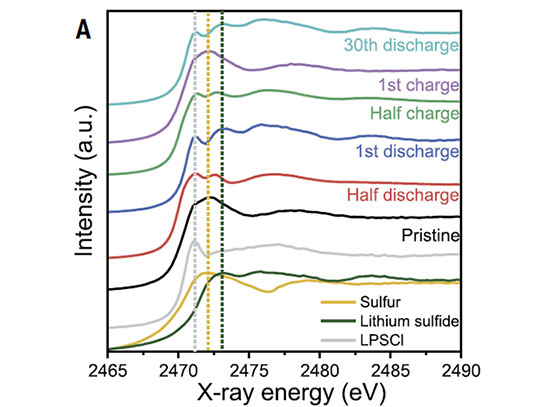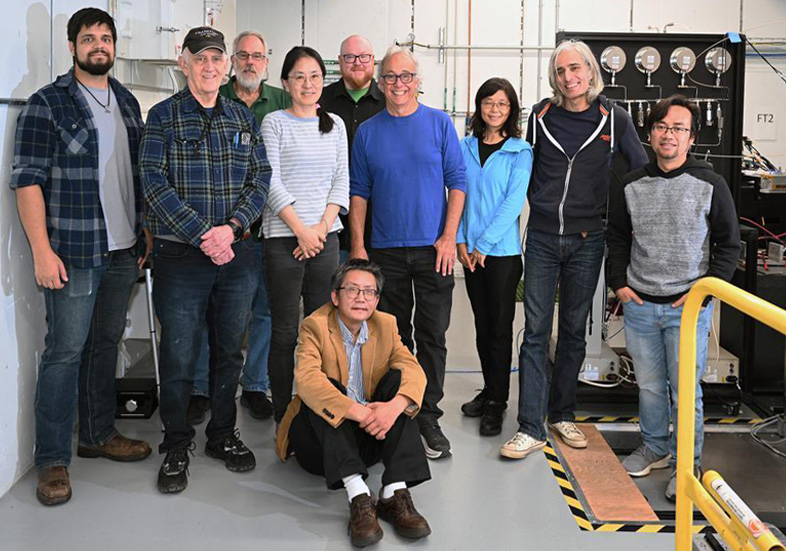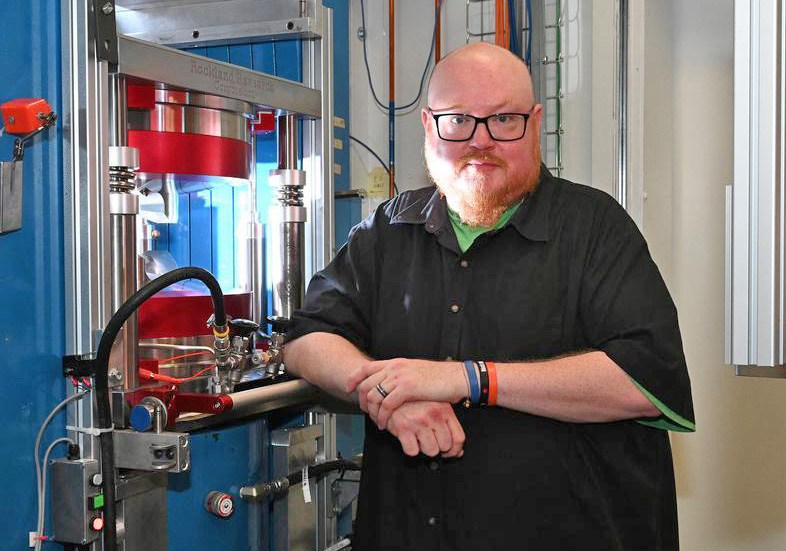
Studying local structure and fluctuations in complex materials and buried interfaces often under working conditions
The Hard X-Ray Methods program at Brookhaven Lab's National Synchrotron Light Source II specializes in the use of high-energy diffraction and imaging techniques to study the atomic structure and dynamics of complex materials, buried interfaces, and working devices under operating conditions. The program's scientific focus spans from batteries and fuel cells to materials engineering to cultural heritage and environmental science.
Program Beamlines
High Resolution Powder Diffraction
The High Resolution Powder Diffraction (HRD) beamline supports high-throughput and in situ studies at 10-30 keV. It enables standard capillary measurements with a large beam and focused mapping for interfaces. The Sample Environment Development (PSED) system allows custom experiments, while automated data processing ensures rapid insights, delivering not just data but discoveries.
High Energy X-ray Diffraction
The High Energy X-ray Diffraction (HEX) beamline will be a powerful and versatile tool to advance energy storage and conversion research, such as battery development and materials engineering. It will combine x-ray diffraction and imaging tools with a monochromatic or white beam to enable the study of real atomic structures under working conditions and in real time. HEX will help design materials for new energy storage systems and is supported by New York State.
Pair Distribution Function
The Pair Distribution Function (PDF) beamline offers a powerful technique for studying local structural fluctuations in complex materials. Researchers can study unique optical, electronic, magnetic, and chemical properties of quantum dots or nanoparticles composed of a few thousand atoms. In situ measurements during synthesis provide structural insights into how materials grow from precursor nuclei or molecules into bulk samples. For example, time-resolved measurements can be used to track structural transformations inside batteries and fuel cells.
X-ray Powder Diffraction
The X-ray Powder Diffraction (XPD) beamline is optimized for investigating the atomic structure of complex bulk samples and buried interfaces, as well as the inside of cells or devices through noninvasive techniques. Fast data collection rates are combined with a large variety of sample environments to provide an ideal tool for studying materials under conditions far from equilibrium. XPD serves scientists from a wide range of disciplines, including physics, chemistry, earth science, engineering, and basic and applied sciences.
-

Paul Zschack
Physical Sciences & Research Operations Division Director
(631) 344-8703, pzschack@bnl.gov
Hard X-ray Methods News
Our Partners

NSLS-II partners with
Columbia
University to
develop and build software for instrument control, data
acquisition and online visualization and processing as
well as new capabilities for the XPD and PDF beamlines.
This partnership also includes support for the
high-energy science user community at both beamlines.

NSLS-II partners with the National Scientific User Facility (NSUF) to develop and operate XRD/PDF CT-tomography equipment at the XPD beamline.

Synchrotron Earth and Environmental Science (SEES) is a
NSF-funding consortium whose mission is to advance research and education
in synchrotron-based Earth and environmental science to better understand
our planet from the atmosphere to the core. SEES support the XFM, XPD,
and FIS beamlines at NSLS-II.





